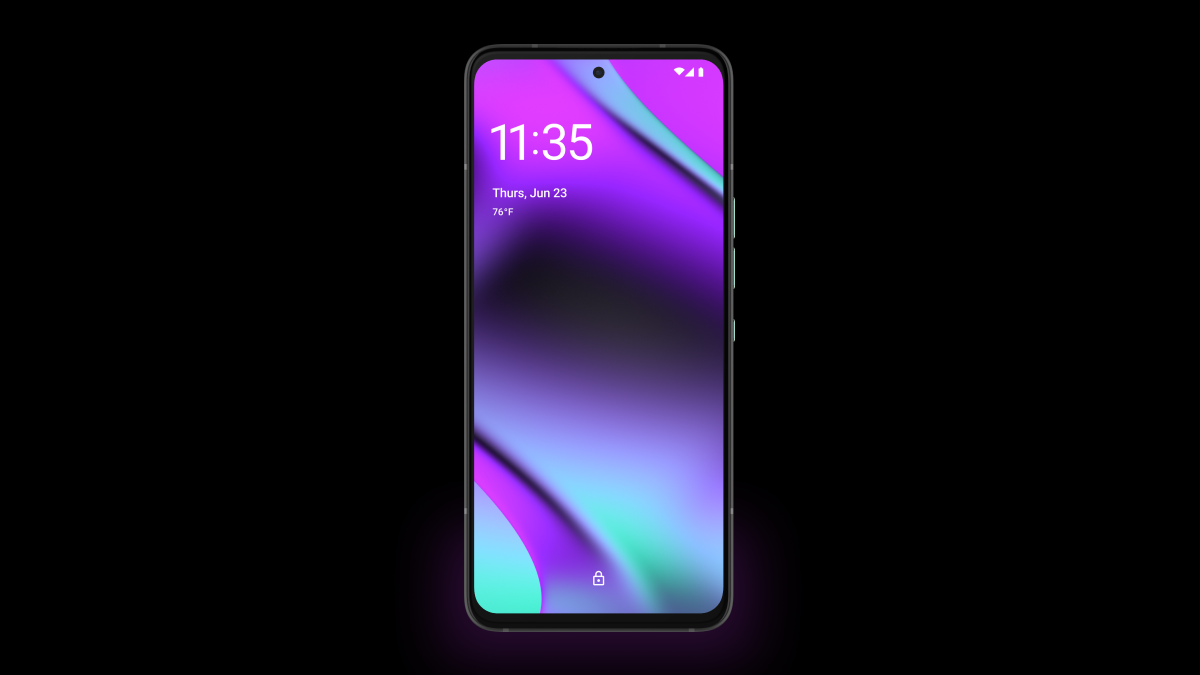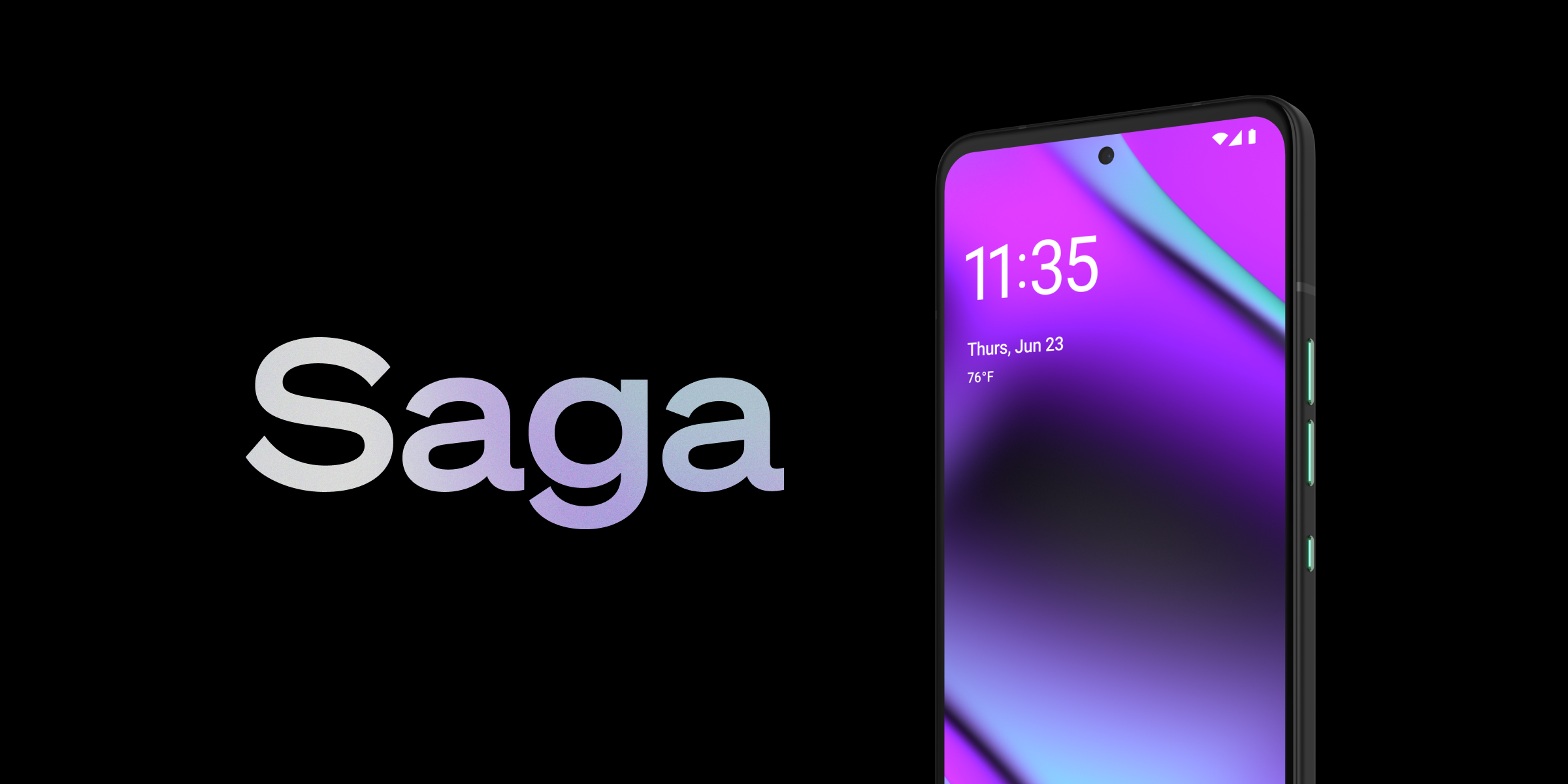Speculating on the future of defi mobility with Solana’s new crypto phone – Tearsheet
Talking crypto mobile has been the ‘next big thing’ for a while now. In 2019, big names like HTC and Samsung unveiled plans for a blockchain ready phone, but so far those have struggled with capturing wide consumer interest.
For example, HTC’s Exodus 1S was launched with the promise of the phone functioning as a fully independent Bitcoin node. However, this function required the phone to be connected to Wi-Fi and a power source — essentially compromising its core function as a smartphone: mobility. Hence, the dream of a smartphone with top-of-the-line specs as well as reliable software and hardware support for Web3 was quite distant until very recently.
Solana, the blockchain company that has been competing with the likes of Ethereum for the fastest and cheapest transactions, is going to launch a Web3 -ready flagship product called Saga. This device will have the Solana Mobile Stack as well as a siloed secure environment for storing private keys and seed phrases, called the Seed Vault. These functionalities will allow developers to create DeFi and Web3 experiences for mobile. Marius Ciubotariu, the co-founder of a Solana Project called the Hubble Protocol, says that so far, Defi has been a clunky beast to operate. Successful development of Web3 mobile experience can push the needle in ways reigning smartphone industry leaders haven’t been able to do. “It’s not uncommon for the most devoted DeFi participants to whip out a laptop in the middle of dinner so as not to miss an opportunity” he added, emphasizing that a mobile experience could change the game for crypto enthusiasts and investors.


Rethinking the Smartphone?
For the DeFi space to fully absorb mobile possibilities, some changes will have to be made. For Marius, traditional smartphones don’t offer the software/hardware support that DeFi requires. Meanwhile industry giants like Apple need very strong consumer demand to justify allocating R&D funds to rethinking their entire architecture for the blockchain. This is where Solana’s advantage seems to be: a fresh slate allows the company to build without the inertia produced by legacy architecture and design constraints.
As important as innovation and modification is for a successful product, Saga isn’t completely new. The phone is a result of a partnership between Solana and OSOM, which earlier promised the privacy-first handset “OV1”. This device never hit the shelves but OSOM’s recent announcement on Twitter conveyed that OV1 is now Saga.
However, parts of Saga are entirely new, in all the right ways. For example, Scott Carlson Director of Innovation at Kudelski Security thinks that established smartphone companies may need to forfeit some control to ensure they can keep up. “If traditional players are going to continue to wait for legal certainty and take 30% of the transaction fee for any digital item (purchase), they will not move the needle” he said.
The biggest leap forward, though, seems to be Saga’s anticipated role in unlocking Defi capabilities that were previously locked in the world of laptops and desktops. According to the Solana Foundation, whether it is trading risk through Defi Apps or minting NFTs, “mobilization” can help in boosting CX and reach. More common use cases like gaming, which requires secure storage of funds, have the potential to touch base with an entirely new consumer segment.
The dreams are big
The possibility of Web3 becoming mobile is encouraging fintechs to build products that were out of reach before. For the Hubble Protocol this means novel ways of earning passive income can become a reality. “In this model, consumers can stake tokens, and instead of receiving an APY, they receive a utility – such as VPN services” says Ciubotariu. Moreover, once a consumer has access to this VPN service, they can tokenize their unused bandwidth and earn rewards for doing so. Similarly, for the Solana Foundation, Saga’s promise to bring NFTs to mobile may lead to businesses being able to incorporate in tap-to-mint acquisition, NFT-gated commerce, and IRL events in their customer experience.
Setting speculation aside, the announced specs on Saga peg it as a standard high performance phone, which can work well for both casual and power users. At the moment the phone is available for pre-order at $100, with an estimated price of $1000 upon its launch.
Once it launches, Saga will have to perform under the scrutiny of both smartphone power users and those well-versed in the Defi and NFT space. However, the true test will be how the device balances blockchain-ready hardware with the competitive demands of a high-end smartphone. Until NFT-minded gamers and crypto enthusiasts can test run this phone en masse, all we can do is wait, because this saga has yet to unfold.